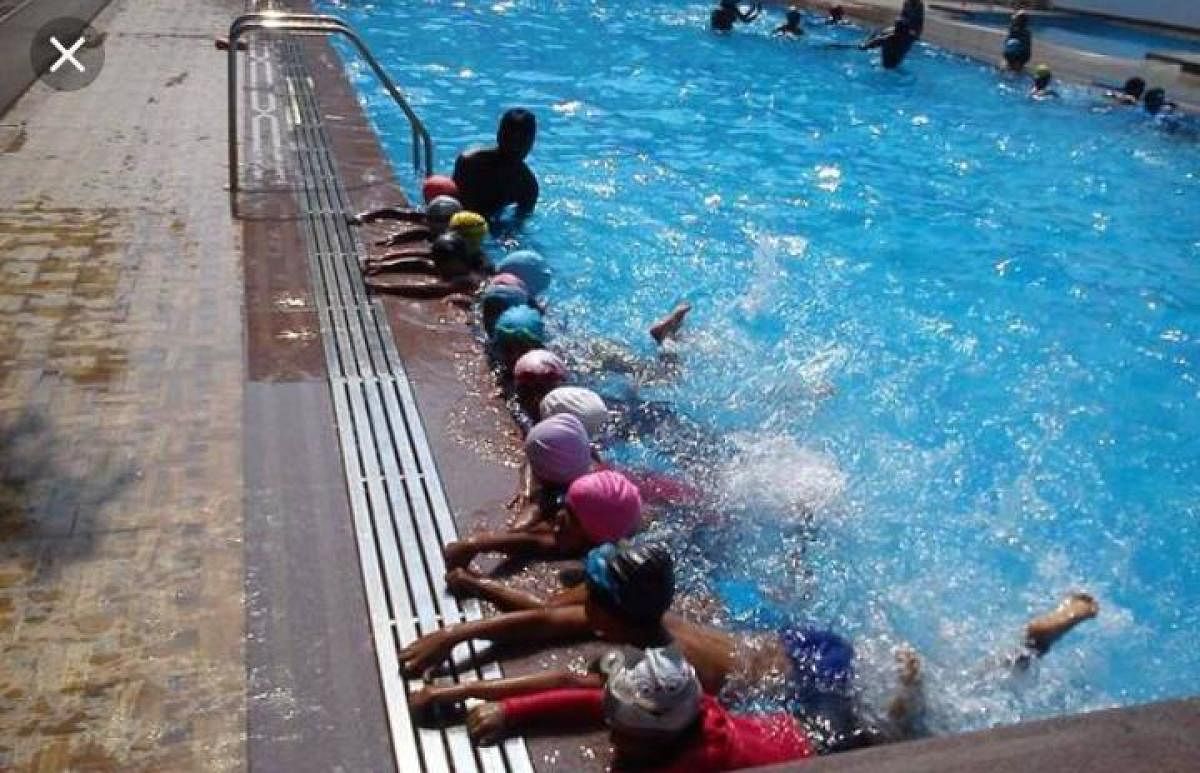
This week began on a grim note when an eight-year-old boy drowned on the first day of his swimming training in Mumbai.
Yug Ladhwa’s parents had enrolled him for swimming classes on Sunday, after he had finished his exams on Friday.
A report says the parents were asked to leave after dropping their wards for coaching.
When they returned an hour later, Yug’s parents were told he had left.
They searched the entire neighbourhood to return to the coaching area, only to find him lying near the pool and the staff trying to revive him. Yug was rushed to hospital but declared brought dead. Drowning was said to be the cause.
With swimming camps and summer classes mushrooming across Bengaluru, parents need to stay alert.
Metrolife spoke to trainers and parents about pool safety.
Deepali M K, Head of Laps Academy Bengaluru
Deepali is a national swimming medalist with 15 years’ experience in coaching. Her academy provides swimming programmes and lifeguard training. She says swimming clubs sell memberships with discounts and family packages but
fail to deliver even basic services.
“Pools have instruction boards with fancy lights but lack in adequate and trained staff,” she says.
She provides a checklist for parents:
- Is the lifeguard certified?
- Does the pool have lifesaving equipment?
- Is the depth marked (shallow end and deep end)?
Koustav Bakshi, Project manager, Life-Saving Mumbai
Koustav is certified by Rashtriya Life Saving Society (India) and has conducted training in Bengaluru on trauma management, CPR among other life-saving skills.
He emphasises the importance of trained lifeguards and instructors. Additional skills like being well-versed in non-verbal communication go a long way in saving lives, Koustav says.
With 12 years in the business, he remembers saving a man from drowning in Chennai in 2017. Thorough training in CPR and presence of mind is vital, he says.
“Trainers and lifeguards must know how to give CPR and know when not to carry a person without proper stretchers. Randomly picking a drowning person can lead to nerve damage. Only professionals who know this must be allowed near the pool,” he says.
Koustav says the right ratio of trainers to students is 1:10-12.
“The number of lifeguards depends on the size of the pool and crowd,” he adds.
The disaster management instructor specialist advises parents to ask for certifications and make sure they are authentic.
“A trainer must possess life-saving skills and show them in all forms: practical, oral and written,” he says.
Imran Noor, Project manager
Imran Noor’s son Zaid was enrolled for swimming classes when he was just five.
“Parents can talk to other parents, take feedback from the instructor to see what the coaching team’s reputation is like. They should also see if proper procedures are in place, like ID cards for parents, instructors and staff,” Imran says.
Cleanliness of the pool, CCTV cameras, and the number of trainers should also be taken into consideration, he says.
Imran believes a parent must always be with the child for the entire period of training.
What he taught his son
-Be careful when changing.
- Don’t run on the slippery floor.
- Follow the trainer’s instructions.
- Don’t do a cannonball, practise proper diving.
Sivadasan P, General manager, Koramangala Club
Koramangala Club has outsourced swimming training to a reputed team. “We have certified lifeguards and trainers and ensure the children are safe all the time,” Sivadasan says.
The club maintains the trainer-student ratio at 1:12.
Chlorine testing
A pool must have rescue tubes, ropes, poles and rescue floaters, spine boards, and first aid kits. The chlorine level should be between 7.2 and 7.6 pH; this can be tested using a chlorine test kit that costs Rs 500 to Rs 750 online.
How kids can stay safe
- Don’t run and play around the pool.
- Obey the instructor.
- Don’t jump in without the instructor’s permission.
- Keep pool vicinity clean.
- Don’t leave or enter the centre without parents’ permission.